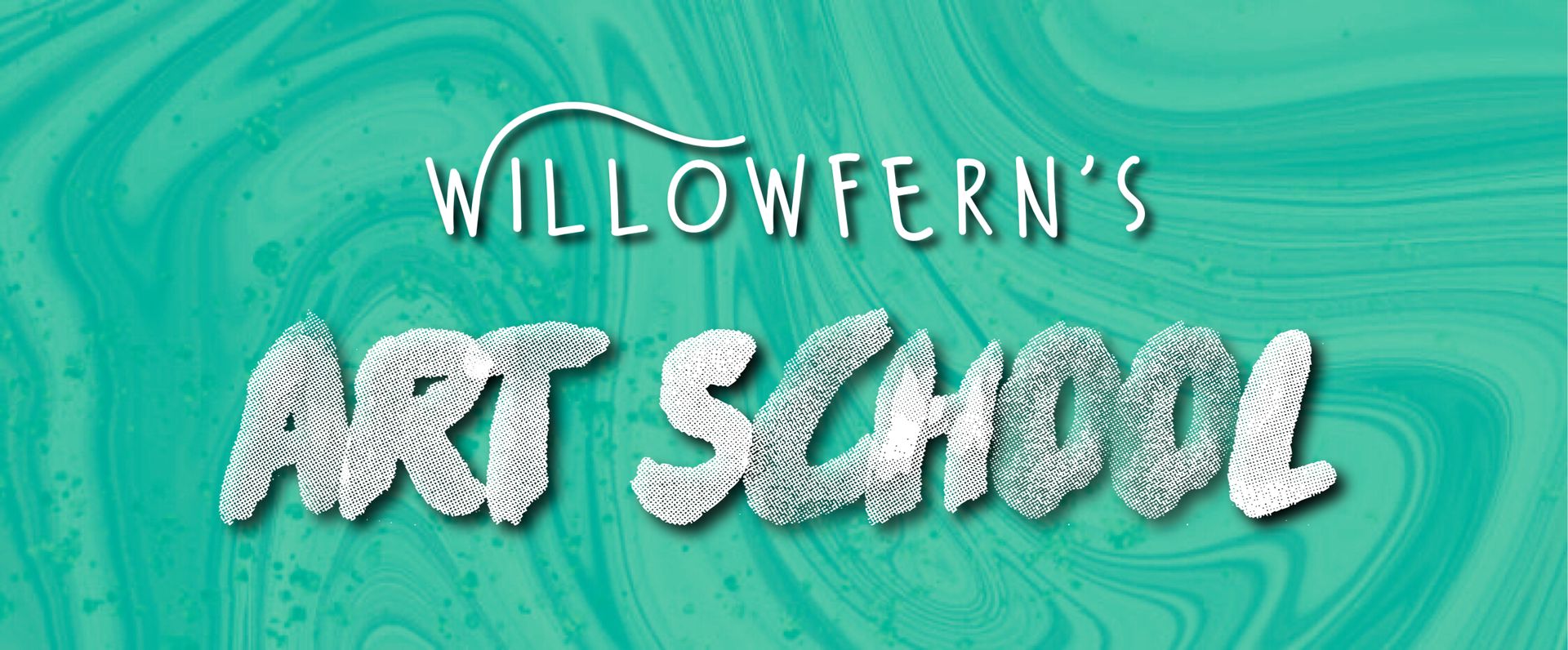𝐔𝐧𝐢𝐭 𝐎𝐧𝐞, 𝐋𝐞𝐬𝐬𝐨𝐧 𝐅𝐨𝐮𝐫 ✏️
Lineart
Lineart. Arguably one of the most difficult steps in creating a piece of artwork. It can be incredibly devastating if you mess up a beautiful sketch in the outlining faze and realize its too late to fix it. If you are a digital artist, you have a bit of an advantage with the undo button, but for traditional artists, I'm sure you know what I mean.
Before we get into this lesson, I'd like to point out that lineless art is also a thing. Basically, for those of you who don't know, it's just a drawing that doesn't use lineart, and usually replaces it with some rich shading or other, more realistic painting techniques. If you like to draw mainly lineless art, this lesson will not apply to you. Feel free to skip it if you'd like.
Styles
Like with everything else in art, there are many ways to go about doing lineart. The main things we are going to go over today are variation and color.
Variation
Ah, yes. Line variation.
This basically refers to the thinnest point of a line relative to the thickest part. This means that some parts of the lineart are thicker while others are thinner. Using line variation typically makes a piece feel more dynamic. There are a number of reasons why you should or should not incorporate this into your lineart, and many things you should avoid altogether. I'll be covering these things in this section.
Like I said, line variation can make a piece feel more dynamic. However, sometimes this effect can backfire horribly. If your lines have too much variation, it can be very distracting and most people won't be able to look beyond it. Lineart is just one piece of your artwork, so if you wanted them to see other parts of the drawing, extremely varied line weights might not be for you. Of course, some people do use lineart in a way that makes it the main feature of their art, and that's fine! I honestly think, if done well, using lineart as a major feature can be a really good thing. Personally, I would just avoid having a line that's so thin you need a magnifying glass to see it and a line thicker than your finger in the same art piece.
Color
There are many ways to incorporate color into your art. Sometimes it's in the lines themselves. Other times, people go with typical, black outlining. I am one of these people. I almost always use solid black lineart, but I understand the appeal in colorful lines. That's why I thought I'd put this in here.
Many different artists and many different styles use lines in different ways. Different styles have varying line weights, variations, and colors. Let's talk specifically about colors. There are many, many different ways to incorporate color into your lineart, but I'm going to focus on two main ones here; solid color and sparse color.
What I mean by "solid color" is that all of the lineart is a color other than black. It doesn't have to all be the same color, just a color other than black. This style is often used in more realistic drawings to help round out the sharpness of solid black lines. It can also be used to brighten up a cartoonier character as well. I personally don't have much experience with this style, but it can definitely have a very cool effect.
Sparse color is basically lineart that uses color and black. Maybe you color the lines where the light hits an object to make it look softer. Maybe you do this for the shadows, or the clothes. However you do it, it can look really cool.
And... I think that about wraps up this lesson! Be sure to add any questions or suggestions in the comments!
Posted on Thursday, Feb. 25

Bạn đang đọc truyện trên: AzTruyen.Top